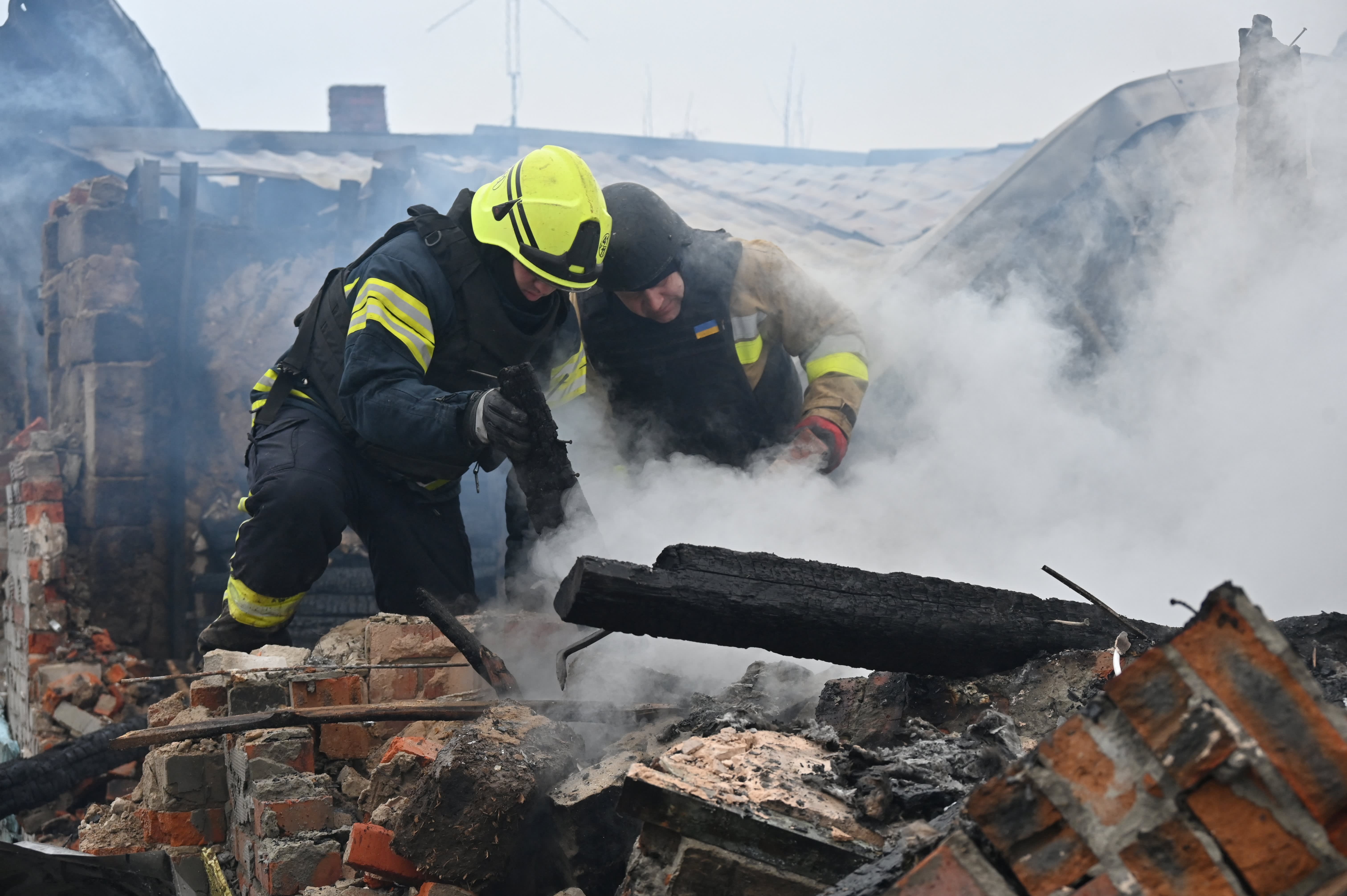A cold, rainy summer might not be much to look forward to, but experts now say Britons should enjoy it while they can.
This interactive map developed by scientists from the University of Maryland lets you take a terrifying glimpse into the scorching future of your city in 60 years' time.
Already, more than half of the planet is expected to shift into new climate zones by the end of the century.
Experts predict that London's summers will become 4.6°C (8.3°F) warmer and 10 per cent drier - giving the city the same climate as the South of France.
Lead researcher Matthew Fitzpatrick, of the University of Maryland, says: 'Everything is moving towards the equator in terms of the climate that's coming for you.'


To see what your town will be like in 60 years, follow this link to access The Future Urban Climates interactive map.
Use your mouse or tap to navigate the map, using the 'plus' and 'minus' signs in the top right-hand corner to zoom in or out.
To learn more about the future of any city, simply tap on the purple circle representing the city or search by name using the bar in the top left.
This will bring up an information window telling you about how the summer and winter climate will change in the next 60 years according to the expert's predictions.
The map will also show a line connecting your town with a place on the map which currently has the same climate.
For example, selecting Edinburgh will reveal that the Scottish city is expected to see temperature increases in the summer of 4.1°C (7.4°F) and will become 8.5 per cent drier.
If that doesn't sound so bad, the data also reveals that Edinburgh's winters are set to become more than 13 per cent wetter as warmer air holds more moisture.
As you can see in the interactive graphic, in 60 years these changes will give Edinburgh a climate similar to that of Basque Country, Spain today.
The map makes its predictions using data from the Intergovernmental Panel on Climate Change (IPCC) report.



Using that data the researchers matched 40,580 places around the globe to nearby locations currently experiencing their predicted climate for 2080.
This reveals an ongoing trend of warmer, drier summers followed by milder, wetter winters.
Dr Fitzpatrick says: 'In 50 years, the northern hemisphere cities to the north are going to become much more like cities to the south.'
The data also reveals how those changes might be mitigated by proactive action.
Under 'Settings' you can select 'What if we reduce emissions?' to see how the climate of your town would change if we meet the limits set out in the Paris Climate Accord.
For example, if we reduce emissions now Liverpool will only see increases of 1.4°C (2.6°F) rather than 4.5°C (8.2°F) - resulting in a climate similar to Brittany, France.


So far these changes have been most pronounced in Europe, North America, and Oceania where climate zones have already begun to shift.
Estimates made in 2015 found that almost six per cent of the Earth had already shifted towards warmer, drier climates by 2010 compared with 1950.
However, it will be at the equator where those impacts are most devastating.
Dr Fitzpatrick says: 'The closer you get to the equator there are fewer and fewer good matches for climates in places like Central America, south Florida, and northern Africa.
'There is no place on Earth representative of what those places will be like in the future.'


Those regions are home to 40 per cent of the global population, meaning 3.3 billion people may one day be exposed to climates more extreme than anywhere on Earth.
Some experts even warn that some areas may eventually become uninhabitable as extreme temperatures and freak weather events become more frequent.
This year, extreme temperatures have already led to large numbers of deaths around the world.
Notably, at least 1,300 people died from heat during this year's Hajj pilgrimage to Mecca, Saudi Arabia.
Dr Fitzpatrick says: 'I hope that it continues to inform the conversation about climate change.
He adds: 'I hope it helps people better understand the magnitude of the impacts and why scientists are so concerned.'













